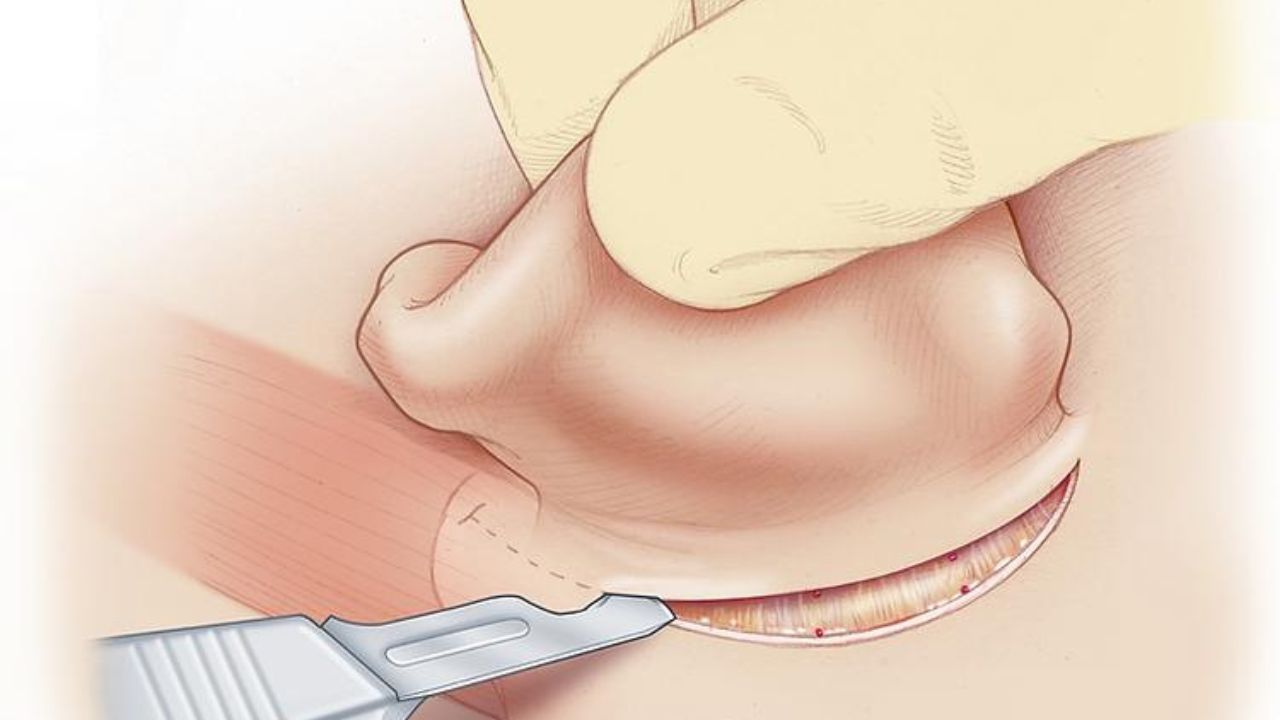Tympanoplasty Surgery in India: A Comprehensive Guide
Tympanoplasty is a surgical procedure designed to repair a damaged eardrum, or tympanic membrane, to restore hearing and prevent further complications. The eardrum separates the outer ear from the middle ear and plays a crucial role in hearing by vibrating when sound waves enter. Damage to the eardrum, whether from trauma, infections, or congenital issues, can lead to hearing loss and other problems.
Why Is Tympanoplasty Surgery Performed?
This surgery aims to close holes or tears in the eardrum caused by:
- Trauma or injuries.
- Chronic ear infections.
- Pressure changes or acoustic trauma.
- Congenital conditions.
Who Is an Ideal Candidate for Tympanoplasty?
Ideal candidates for tympanoplasty include individuals with:
- Persistent ear drainage or blood.
- Progressive hearing loss.
- Persistent ear pain unrelieved by medication.
- Chronic ear infections or tinnitus.
Who Should Avoid Tympanoplasty?
Consider avoiding the surgery if you:
- Smoke or have an active ear infection treatable with medication.
- Have multiple medical conditions or bleeding disorders.
- Are unable to tolerate anesthesia or have a history of chronic illnesses.
Preparation for Tympanoplasty Surgery
Before surgery, your doctor will:
- Perform a physical examination using an otoscope or microscope.
- Conduct laboratory tests to check for infections.
- Use tympanometry to measure the eardrum’s response to air pressure changes.
Preparation steps include:
- Wearing loose-fitting clothes.
- Fasting from midnight before the surgery.
- Avoiding smoking and alcohol for two weeks prior.
- Arranging for transportation home and post-surgery assistance.
During the Surgery
Tympanoplasty typically involves:
- General anesthesia.
- An incision either through the ear canal or behind the ear.
- Placement of a tissue graft to repair the eardrum using the underlay or overlay technique.
Post-Surgery Care and Recovery
Post-surgery, expect:
- Some drainage, pain, and soreness, managed with prescribed painkillers.
- A recovery period of two to three months, with gradual hearing improvement.
Precautions include:
- Avoiding strenuous activities and swimming.
- Keeping the ear dry and avoiding nose blowing.
- Using prescribed ear drops and elevating the head while sleeping.
Potential Complications
Though rare, possible complications include:
- Dizziness or ringing in the ear.
- Graft failure or worsening of hearing.
- Swelling or a strange taste in the mouth.
Tympanoplasty in India offers effective solutions for eardrum repair, helping patients regain hearing and quality of life.





